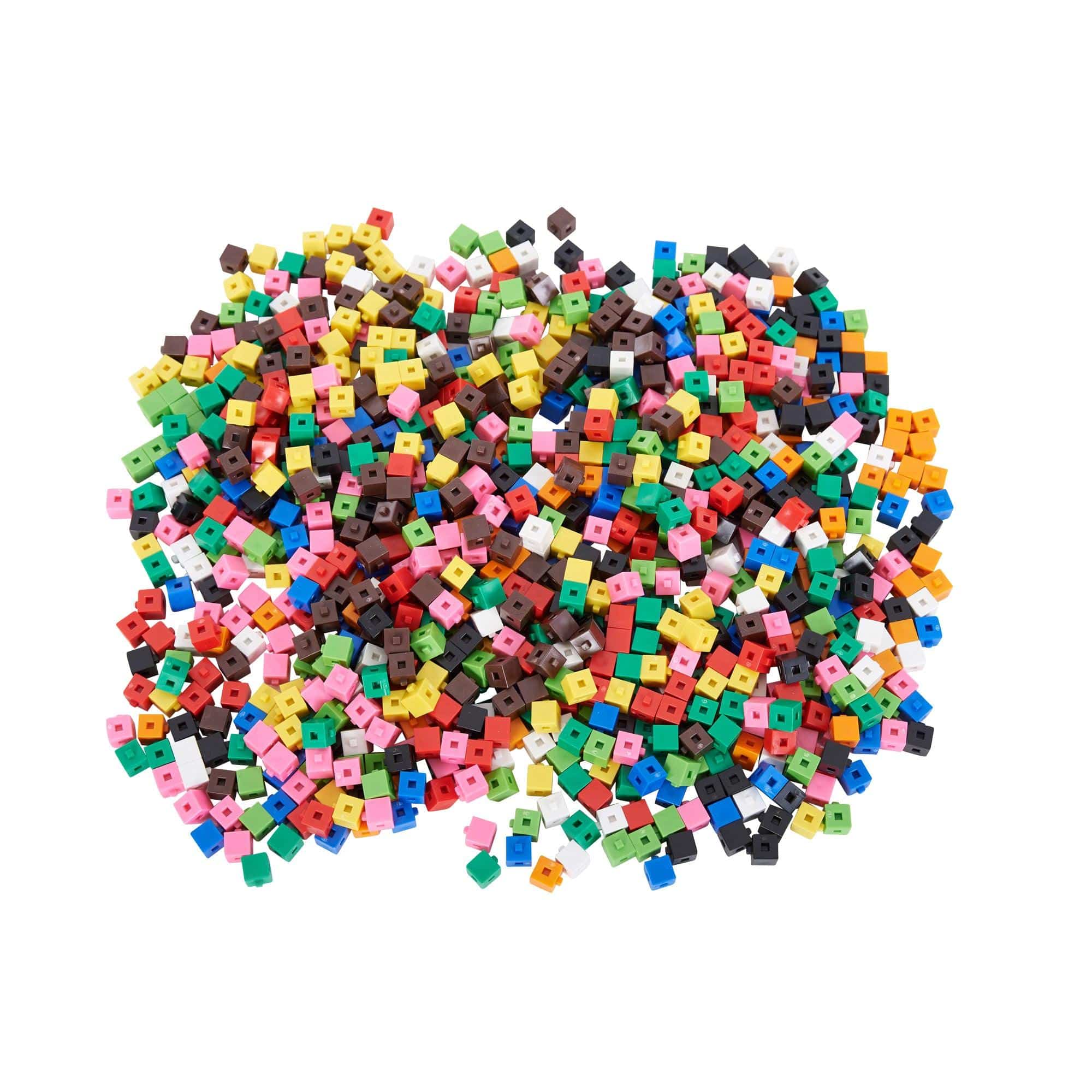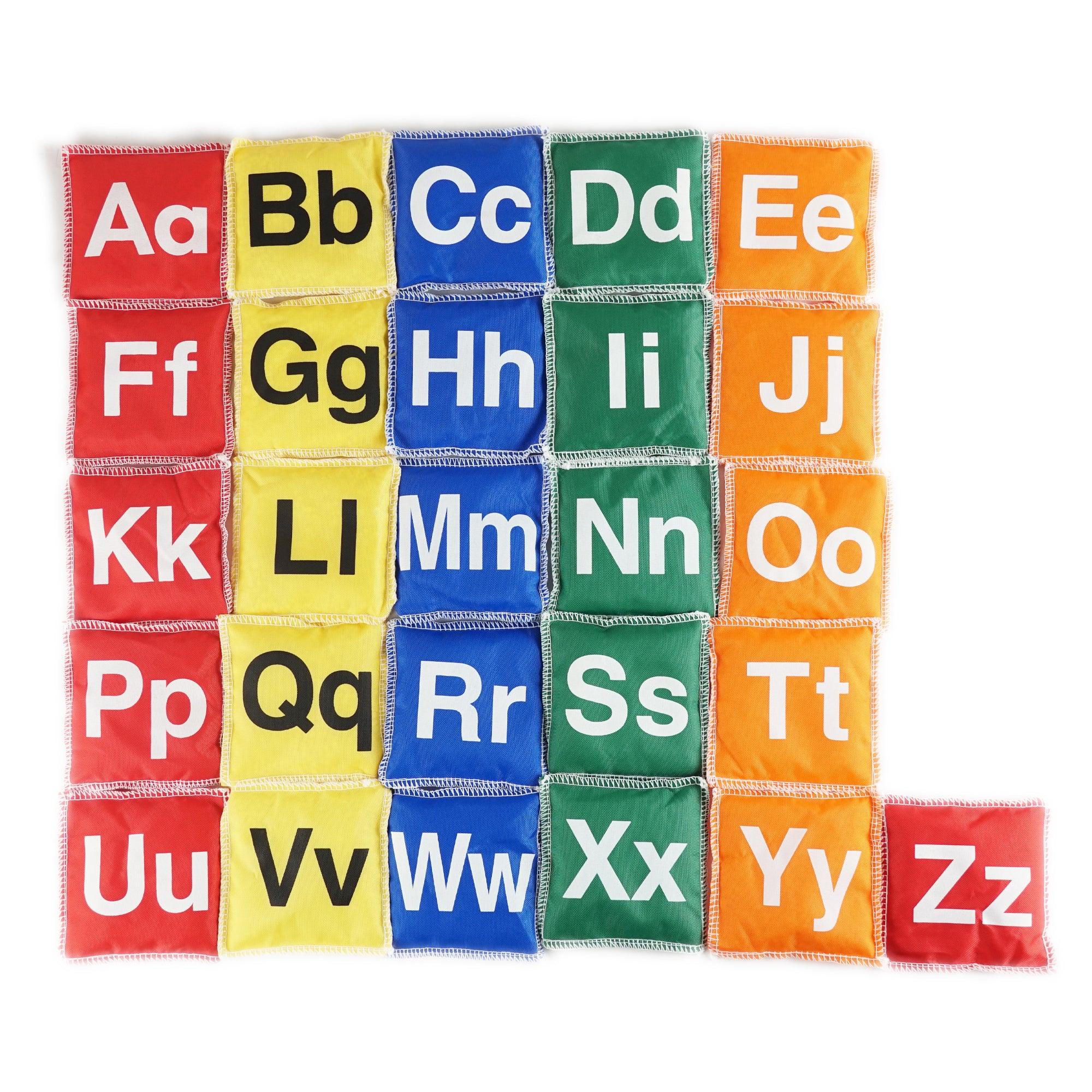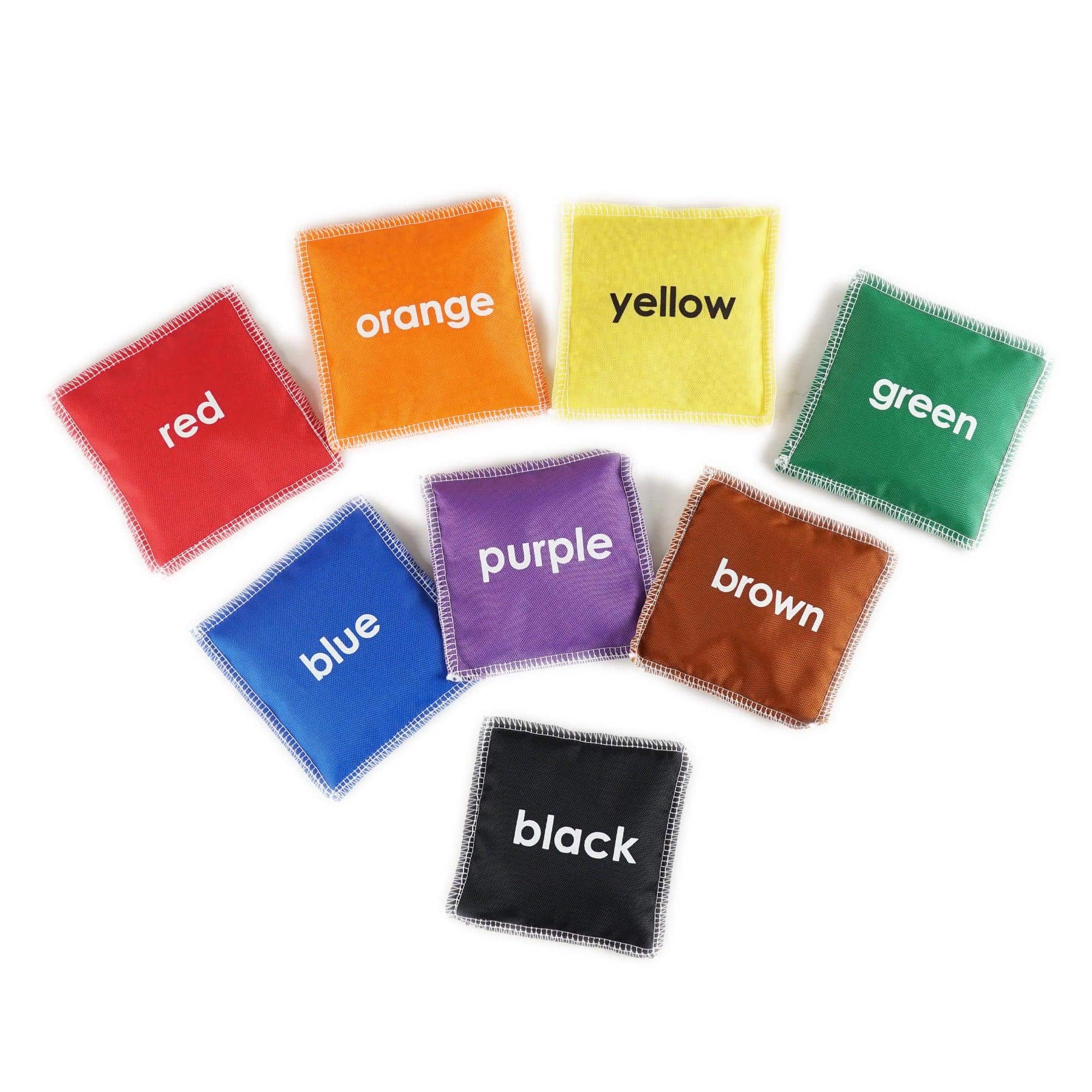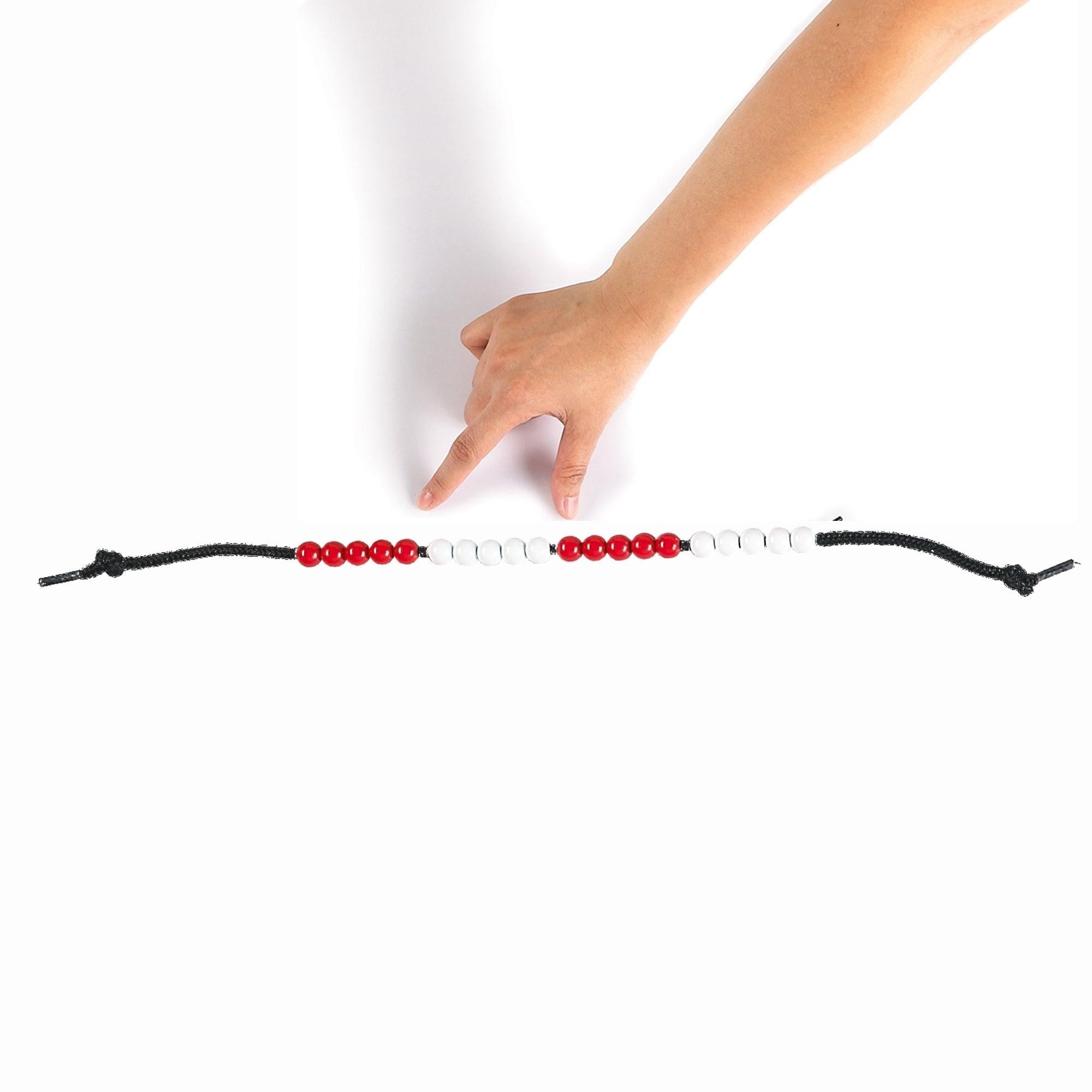The Psychology behind Emotional Attachment to Favorite Toys
Introduction
Toys play a significant role in our lives, especially during childhood. Many of us have experienced a deep emotional attachment to our favorite toys, forming strong bonds that can last a lifetime. But what is it about certain toys that triggers such intense emotions? In this blog article, we will explore the psychology behind emotional attachment to favorite toys and analyze the factors that contribute to this special connection.
The Emotional Power of Toys
Favorite toys have the remarkable ability to evoke a wide range of emotions, from joy and comfort to sadness and nostalgia. This emotional power stems from several psychological factors:
- Sense of Security: Toys often provide a sense of security and familiarity. They become constant companions, offering comfort during difficult times and acting as a source of stability amidst change.
- Imagination and Creativity: Toys serve as tools for imaginative play, allowing children to create their own worlds and narratives. Through this imaginative process, children develop emotional connections with their toys, attributing unique personalities and characteristics to them.
- Transitional Objects: In many cases, favorite toys act as transitional objects, aiding in the process of emotional regulation and self-soothing. They can help children navigate through developmental milestones or challenging situations, providing a sense of familiarity and emotional support.
- Social Connection: Toys, especially when shared with others, facilitate social bonding. Playing together with a favorite toy can strengthen friendships and create lasting memories.
Features of Favorite Toys
Favorite toys often possess certain features that further enhance emotional attachment. Let’s explore some of these key characteristics:
- Touch and Texture: The tactile experience offered by toys can have a profound impact on emotional attachment. Soft, cuddly toys or toys with interesting textures often create a sense of comfort and security.
- Visual Appeal: Toys with vibrant colors, captivating designs, or familiar characters tend to capture children’s attention and ignite their imagination. This visual appeal contributes to the emotional bond formed with the toy.
- Interactive Features: Toys that respond to a child’s actions, such as talking dolls or interactive games, can foster a sense of engagement and emotional connection. These toys become more than just inanimate objects; they become companions that actively participate in playtime.
- Personalization: Toys that can be personalized or customized allow children to imprint their own identity onto the object. This sense of ownership and uniqueness deepens the emotional attachment and makes the toy feel even more special.
- Scent: Certain toys, especially plush ones, may carry a distinct scent. This scent can trigger powerful memories and emotions, creating a strong bond between the child and their favorite toy.
- Sound: Toys that produce pleasant sounds or melodies can evoke positive emotions and contribute to the emotional attachment. Musical toys, for example, may elicit feelings of joy and relaxation.
Conclusion
The psychology behind emotional attachment to favorite toys is a fascinating subject. Through an understanding of the emotional power of toys and the features that enhance attachment, we can appreciate the important role these toys play in our lives, both as children and as adults. Whether it’s a teddy bear, a doll, or a superhero action figure, our favorite toys hold a special place in our hearts, reminding us of cherished memories and comforting us with their familiar presence.




